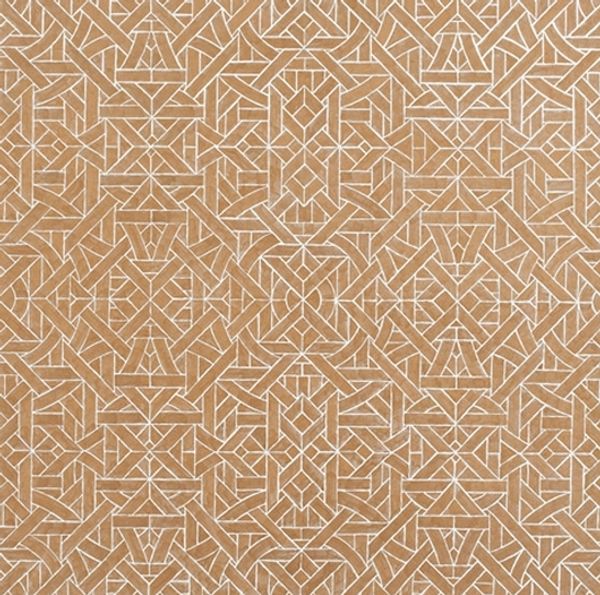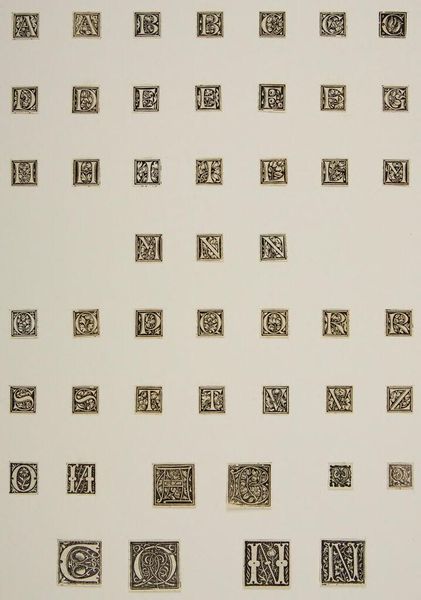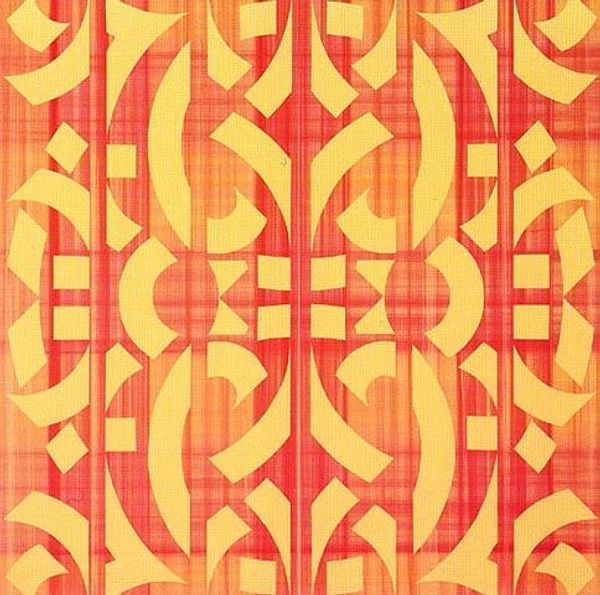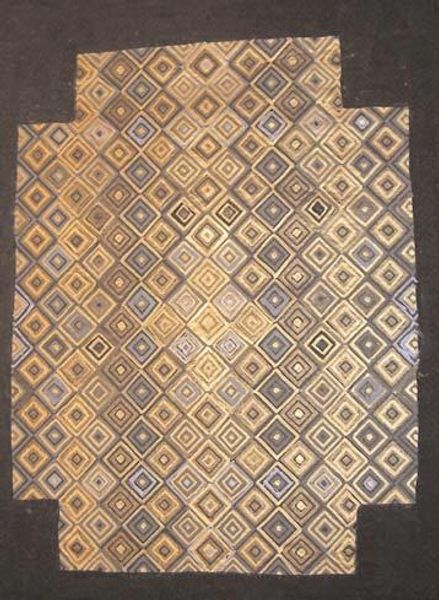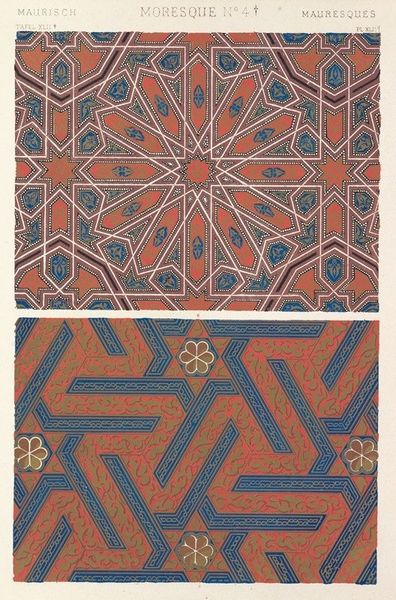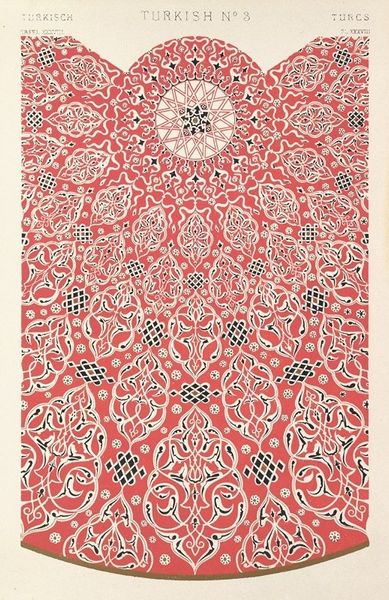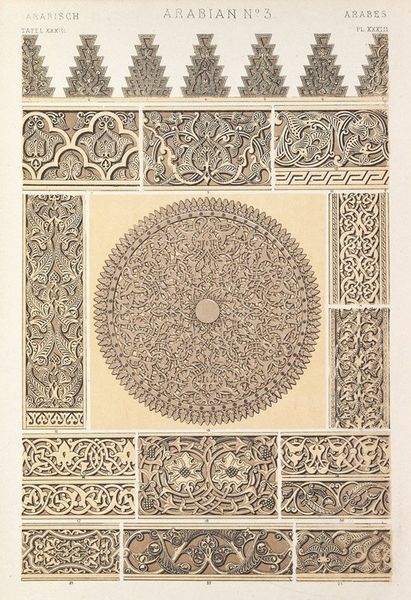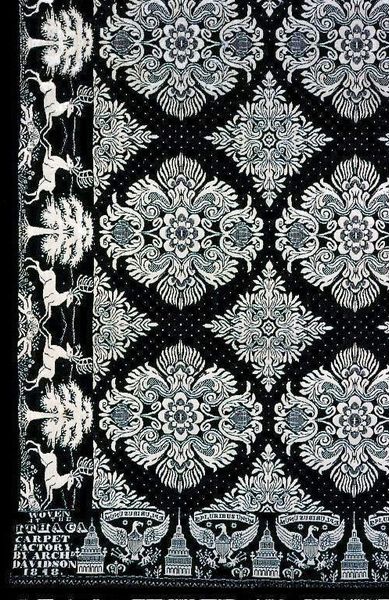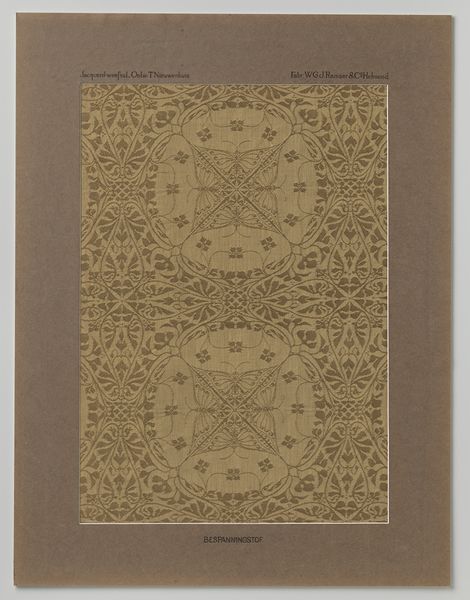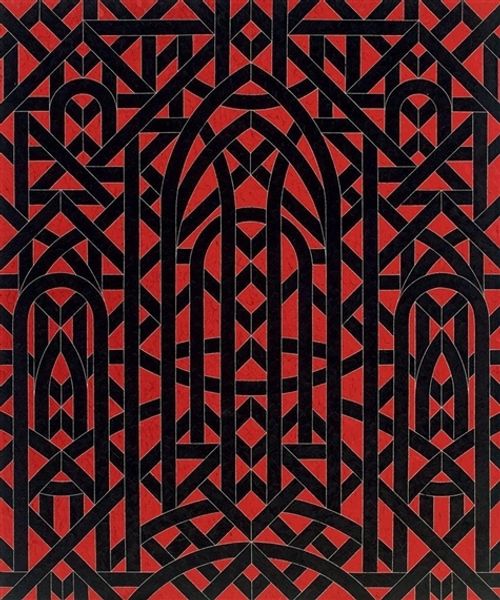
#
pattern-and-decoration
Copyright: Valerie Jaudon,Fair Use
Curator: Valerie Jaudon's "Belle Fontaine," created in 1976 using acrylic paint, immediately strikes me with its interwoven geometric patterns. It's like staring into an Escher drawing but softened by the subtle color palette. What's your take? Editor: Well, it's compelling, that's for sure. All I can see is interconnectedness—these looping, overlapping forms hinting at ancient knots, perhaps a Celtic influence. The repetition soothes, it’s almost meditative, suggesting layers of history and cultural memory being woven together. Curator: Interestingly, Jaudon emerged as a notable figure within the Pattern and Decoration movement during the 1970s, advocating for the integration of decorative elements, historically deemed "feminine," into the fine arts. Editor: Ah, yes. That certainly makes the repeated patterns all the more fascinating, when we consider the historical dismissal of “women’s work”, that what women created – textiles, quilts etc. were decorative at best. The layered pattern could also speak to layered identities, personal or cultural perhaps? Curator: Absolutely. The reclamation of decoration was, in itself, a powerful political statement. The grid and pattern were Jaudon’s way of pushing back against the dominant narrative in painting and art. By embracing repetitive motifs and symmetrical arrangements, she effectively challenged the established norms of what was considered serious or important art. Editor: It certainly makes me reconsider how we frame cultural symbols. Look how this layering hints at palimpsests, with older meanings still subtly shaping newer forms. The interplay of shadows and light within the linework gives depth, evoking something old, weathered, and powerful. The effect has echoes, if you like, of cultures interweaving across generations, don't you think? Curator: Absolutely, Jaudon's patterns aren’t simply surface embellishments; they represent an underlying structural order questioning hierarchical systems within the art world itself, where the decorative and the functional have often been relegated to lower status. This piece challenges those assumptions head-on. Editor: Precisely. By using acrylic, she amplifies that conversation with tradition, as a modern method, but drawing upon traditional art that went largely unrecognized in its time. I am seeing now that what initially looks like repetition becomes more dynamic, almost transformative when you view it through the layers. Curator: Seeing "Belle Fontaine" now really allows you to appreciate the ways Jaudon's work disrupted artistic norms and offered avenues to explore the sociopolitical dimensions inherent in decoration and pattern. Editor: Indeed. It makes you consider all the historical perspectives—who made this and in what era is as important to art and culture as is the final appearance.
Comments
No comments
Be the first to comment and join the conversation on the ultimate creative platform.


